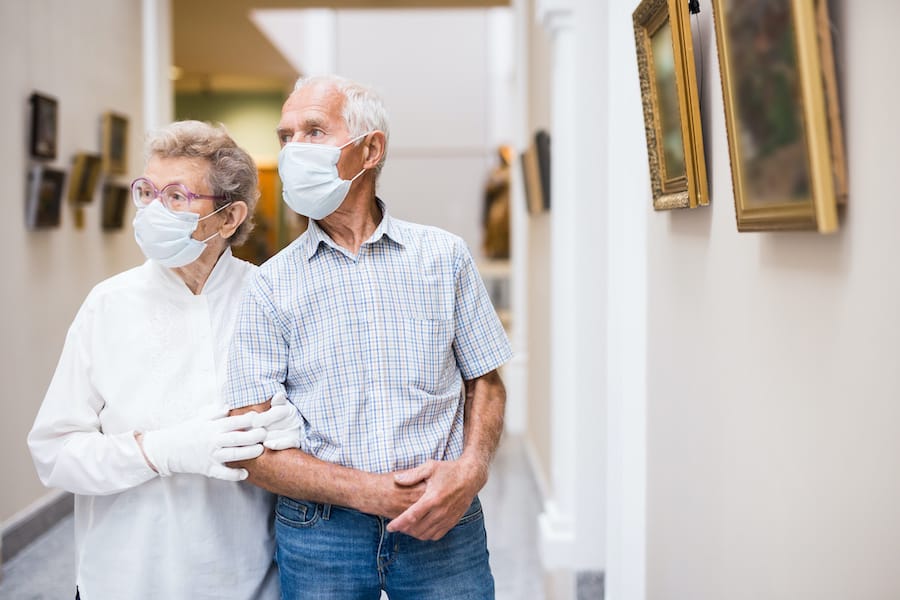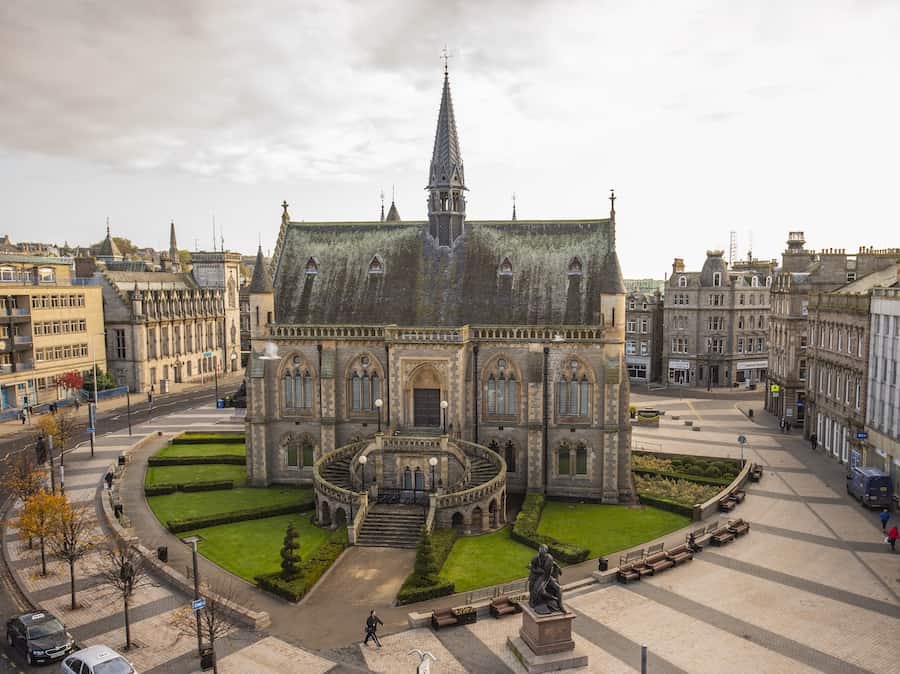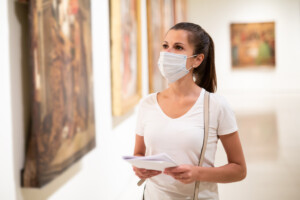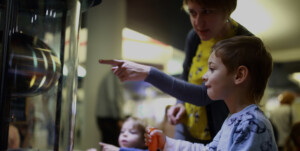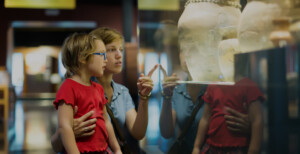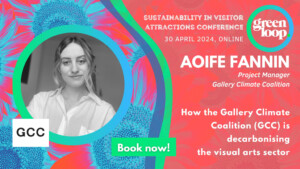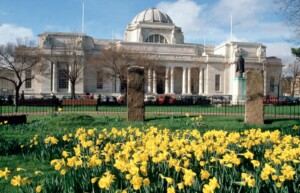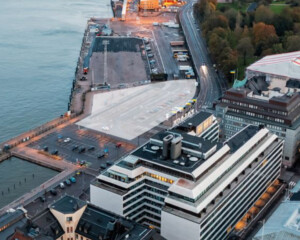Public support for local business has been a growing trend in hospitality for some years. Concerns around carbon footprints and the community value of independent businesses are driving the desire to eat, stay and shop locally. The pandemic, of course, has only cemented this trend. During COVID, ‘stay local’ became not just an ethical mantra but the letter of the law.
Deepening connections and engagement with local communities has also been a growing priority for museums in recent decades. Many organisations are investing in programmes that see them encouraging engagement with local audiences, filling historic gaps in their collections or histories and where possible, serving critical needs in their communities.
Many of these needs have only deepened over the past year. As the UK slowly reopens, it is clear that there has never been a more important time for museums to reconnect with their local communities.
Museums need community support
Local communities are also vital for the survival of many museums. We know that overseas travel is unlikely to happen in large numbers this year. Plus, many people may still be uncomfortable with travelling long distances even within the UK. Without tourists, many museums need the business of their local area to survive. With a ‘staycation’ boom promised for later this year, this could be the perfect time to re-engage with nearby visitors.
So, how are museums using the unique circumstances of post-pandemic Britain to engage with their communities in new ways? Here are three museums that are, in three very different ways, rising to meet the challenge.
A communal reflection space
Some are using the pandemic itself as a way of reconnecting. Pitzhanger Manor and Gallery in Ealing is the former home of architect Sir John Soane. It is renowned for its unique interiors and history as a gentile salon of some of the 18th century’s most illustrious intellectuals.
Following a major three-year conservation project, Pitzhanger reopened to the public in 2019. The first show in the Gallery was a critically-acclaimed Anish Kapoor exhibition. When the doors reopen on 27 May, however, visitors will encounter less well known, although perhaps more deeply personal works: photographs submitted by local residents.
To prepare for This is Ealing, Pitzhanger invited local residents to submit photographs that reflect their life and experience during COVID-19.
The project team asked for photos of any subject, whether people or places or expressing humour or sorrow, creativity or kindness, tragedy or hope. The aim is that when the Manor and Gallery reopens, local photographs will fill the Gallery, reflecting a personal and intimate record of Ealing during the pandemic.
Museum community engagement during the pandemic
National organisations have used this approach too. For example, the National Portrait Gallery and their Hold Still project. But there’s something about collective reflection at the local, rather than the national level that appealed to the Pitzhanger team.
Director Clare Gough says “The pandemic and lockdown have inspired many people to appreciate their locality and community anew. For our re-opening exhibition, we wanted to shine a light on local people’s stories and experiences, and pay tribute to the resilience of our community over this challenging year.”
We wanted to shine a light on local people’s stories and experiences, and pay tribute to the resilience of our community over this challenging year
The photos shared in the Gallery won’t just be a record. They will also form a physical space for the community to come together, remember and reflect. This is something that many communities have been sorely lacking during the lockdowns.
Pitzhanger hopes to encourage this communal reflection by making This is Ealing free to local residents. By facilitating this important engagement, Pitzhanger places itself at the centre of the Ealing community; a critical role for any museum.
Highlighting under-represented voices
The Museum of Croydon was an early champion of community co-curation, having displayed and interpreted community-loaned items since the 1990s. Today, the museum remains closed due to the pandemic. However, staff have spent much of lockdown turning community-focussed work digital, through their Museum from Home.
Each exhibition is a different take on the question What’s Your Croydon? Digital engagement projects include Queer + Croydon, an online exhibition and LBGT+ community collecting project by artist Mark Goldby focusing on establishing a queer archive Croydon, That’s Entertainment, a nostalgic look at theatres and concert halls past and present and Voices of Croydon, the museum’s co-curation project designed to raise the profile of BAME voices in Croydon.
Voices of Croydon is led by Shaniqua Benjamin, the first Poet Laureate of Croydon. In order to curate the online exhibition, she worked with young BAME people in Croydon through several poetry tutorials. This created new work and added stories and histories to the museum collection. In addition, it also allowed the young people to work creatively together and develop new skills.
In 2020, the Black Lives Matter movement particularly highlighted the under-representation of BAME histories in UK museums. With the Voices of Croydon project, which was supported by a Diversity Matters grant with the Museum Development Office, museum staff hope that they “start to identify whose voices we’re missing” and “ensure the museums continues to collect relevant stories.”
Serving critical community needs
The McManus: Dundee’s Art Gallery & Museum is a long-established, city centre museum. Last year, the Thistle Awards named it Scotland’s Best Visitor Attraction. Now, McManus are turning their efforts to remote delivery, with Reconnect. This is a remote learning and museum community engagement project to help combat isolation.
Activities delivered through the project have included digital reminiscence sessions inspired by museum collections. There have also been tutor-led zoom sessions to develop skills in photography. Plus, participants had the opportunity to share their own stories and co-produce final project artworks and publications.
The key to delivering such a wide range of activity has been in creative partnerships. Groups as diverse as Alzheimer Scotland, Home-Start Dundee and Tayside Healthcare Arts Trust all collaborated to bring the project to fruition. Funding support was also provided by Tayside Healthcare Arts Trust and Artfund.
Cheryl McDermid is the Creative Learning Officer at The McManus. She explains that the team was very aware of the specific needs of those who may have been shielding or isolating throughout the pandemic:
“This is a real chance for the museum to test and develop new ways of working remotely, to ensure we help those who have been isolated further by COVID-19 to feel re-connected to their city, their culture and each other again.”
Long term impact of museum community engagement
These are three specific examples of museums working to engage with their local communities. And, of course, there are many more. From volunteering to vaccination centres, we have seen many museums across the country play valuable roles in the lives of their communities, often working in new ways to do so.
Many of these projects have come from the unique circumstances we find now ourselves in. But hopefully, the work happening today will have a long-term impact and act to create deep, long-lasting links between museums and the communities they serve.
Top image: Eliza’s Rainbows, This is Ealing at the Pitzhanger Manor and Art Gallery. All images kind courtesy of the museums featured.


